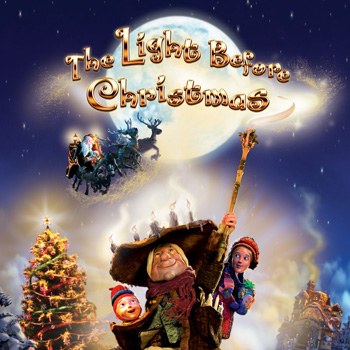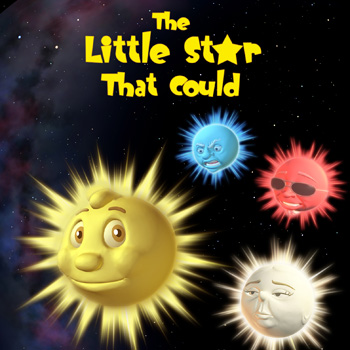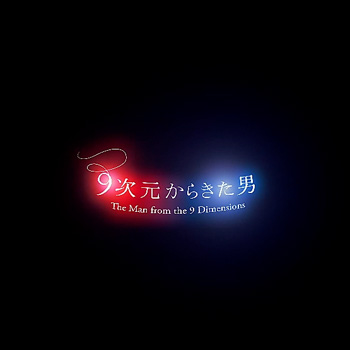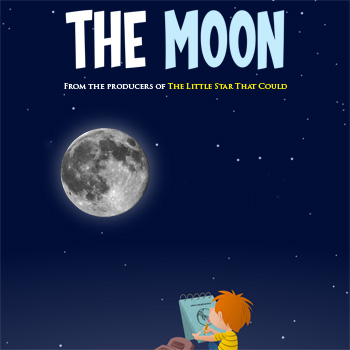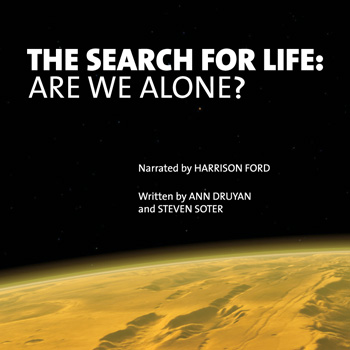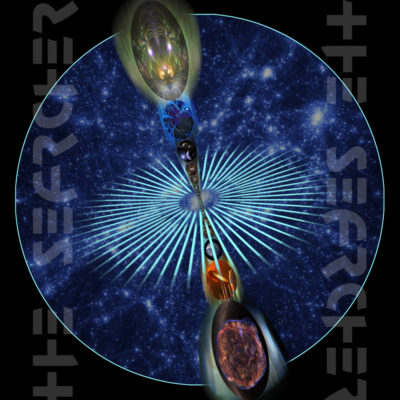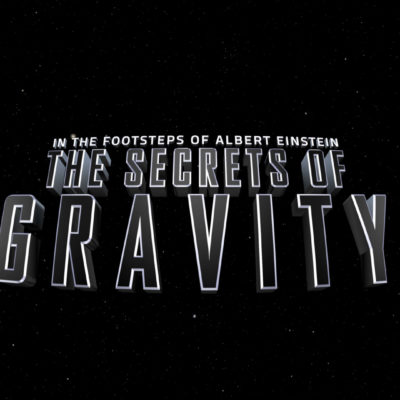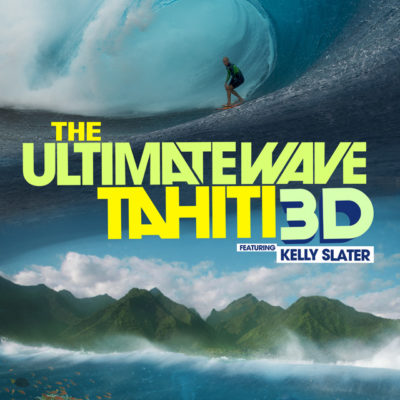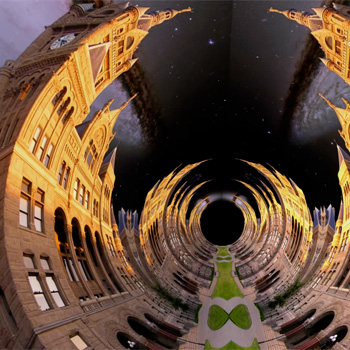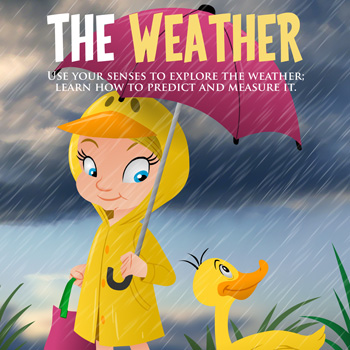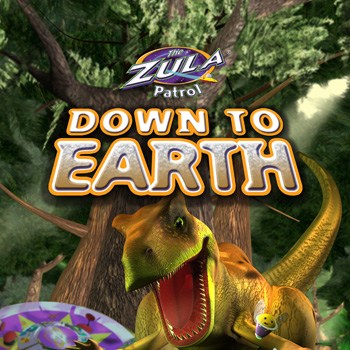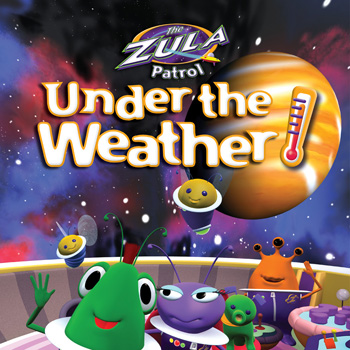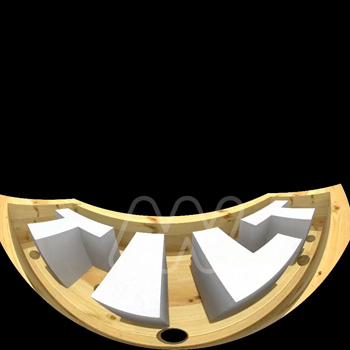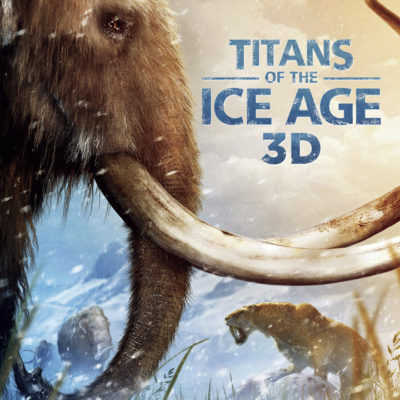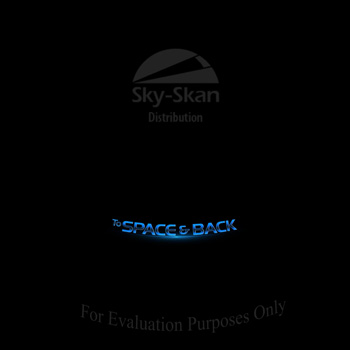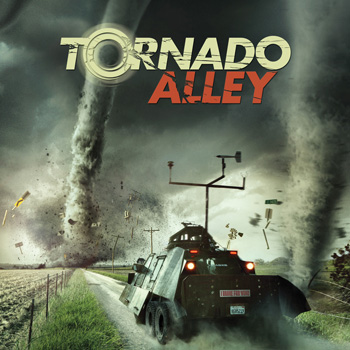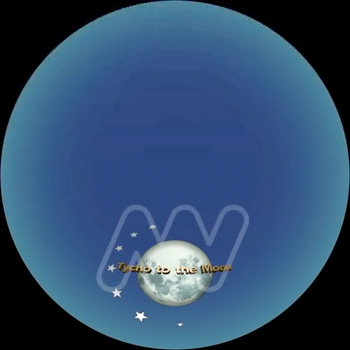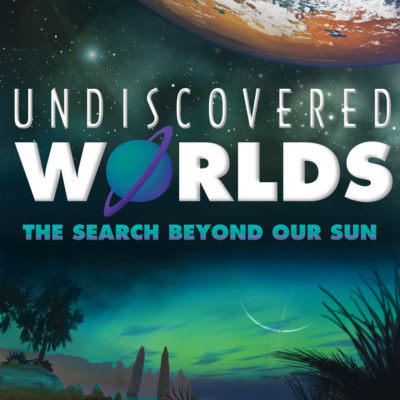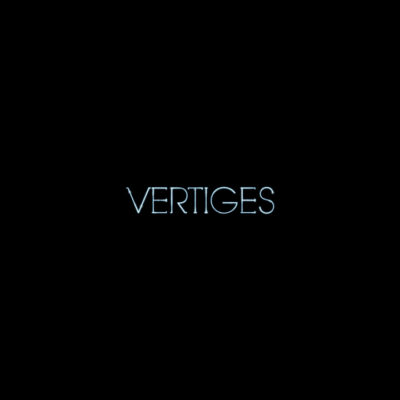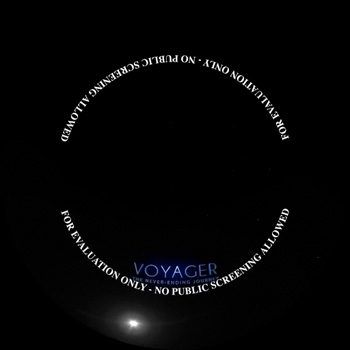Film titles available for full dome theaters and planetariums.


The Little Star That Could has been reproduced by Audio Visual Imagineering and Brevard Community College for the digital full dome era with computer graphic animation. This popular and well-loved story owned and created by The Saint Louis Science Center over 20 years ago has been updated with accurate astronomical information. Have no fear; the story basically remains the same with all of your favorite stars! For those of you who are not familiar with the show, The Little Star That Could is a story about Little Star, an average yellow star in search for planets of his own to protect and warm. Along the way, he meets other stars, learns what makes each star special, and discovers that stars combine to form star clusters and galaxies. Eventually, Little Star finds his planets. Each planet is introduced to your audiences with basic information about our Solar System. Talented artists responsible for the new show include Mark Howard and Joe Tucciarone of the Astronaut Memorial Planetarium in Cocoa, FL. Directed by Willie Castro of Willie Castro Animation, Inc. The new musical score was produced by John Avarese of JAV Productions.
“How does the Universe work? How was it even created?” Growing up, everyone has thought about these fundamental questions, but there are still people who keep searching for the answers — Scientists.
Scientists are seeking a certain person. His name is T.o.E. If they catch him, all the mysteries of the physical world will be solved. The scientists are finally able to locate him, but the moment they try to catch him, he escapes with ease. He says, “Welcome to my world,” and invites us to a fantastical journey.
He traverses space and time, from the world of the infinitesimally small to the vastness of the macroscopic world of space, and from the present day to the distant past, up to the birth of the Universe. What lies at the end of this journey is something that will change how we perceive reality forever.
Who in the world is T.o.E.? Will the scientists catch him? The journey beyond dimensions starts now.
Enrich discussion, live teaching, and interaction in the planetarium experiences you provide your audiences! The Moon modular planetarium program incorporates live interactive planetarium teaching with a planetarium program that has been designed in a modular nature. This program has been produced to be used with modern fulldome technology for classic planetariums with a single flat screen projector/DVD set-up. It targets grades K through 2 and focuses on observations of the moon. The program comes with live interaction lessons that could be used in between the pre-recorded modules of the program or as stand-alone lessons. Further, additional related hands-on activities can be demonstrated and discussed to round out a complete learning experience on lunar observation by early elementary students.
The Search for Life launches visitors on an awe-inspiring trip through space and time—from the depths of Earth’s oceans to the outer reaches of the cosmos —- to explore the links between life on Earth and the potential for life on other planets. Narrated by Academy Award–nominated actor Harrison Ford, this thought-provoking Space Show will reveal countless worlds that may harbor life.
Encounter The Searcher, a visitor from another galaxy, and join him on an adventure through time and space as he searches for his lost civilization. This science fiction adventure is based on real science and features stunning data visualizations of the formation of our Universe, the collision of two galaxies, a spectacular supernova explosion, and a supermassive black hole. Produced by the Adler Planetarium, The Searcher was written by author and screenwriter, Nick Sagan (son of the famous astronomer Carl Sagan) and features the voice of Tony Award-winning actor, Billy Crudup.
The young magician’s apprentice LIMBRADUR is far more interested in the universe and its secrets than in studying for magic school.
When he sneaks into the Albert Einstein Museum, he meets ALBY, a small, clever but rather quirky robot who knows all about Albert Einstein and his discoveries about gravity.
ALBY takes LIMBRADUR on a magical journey through time and space where they also learn about friendship and the power of imagination.
Featuring eleven-time world surfing champion Kelly Slater, The Ultimate Wave Tahiti follows a quest to find the perfect wave-riding experience. The film’s action focuses on Tahiti and the volcanic islands of French Polynesia, home to some of the world’s most challenging surfing and to astounding coral reef ecosystems at the turbulent interface between island and ocean. The islands are also a homeland of traditional Polynesian seafaring culture and the art of surfing.
With their host, Tahitian surfer Raimana Van Bastolear, Kelly Slater and a group of friends seek out the best waves breaking on the reef at Tahiti’s famed surf site Teahupoo. Kelly and Raimana share a passion for the waves, but different ideas about what surfing means to them: is it a modern competitive sport or an ancient Polynesian wave-riding art? As the surf quest unfolds, the film explores the hidden forces at work shaping the waves and the islands that lie in their path. The great waves arrive and surfing play becomes surfing survival as the riders tackle some of the biggest, heaviest surf on the planet.
AVI’s newest interactive modular planetarium program covering the national science standards for weather – grades K-2.
Module One: Using the Senses to Observe Weather and Identifying Cloud Types – Module one will help connect children to the weather around them by encouraging them to use their senses to observe weather. It will also introduce children to the basic cloud types and how they are associated with specific weather conditions. The idea of weather forecasting will be presented in this module as well.
Module Two: Describing and Measuring the Weather – This module will introduce children to the basic weather terms that are used to describe weather conditions. It will also help children identify the appropriate instruments that are used for studying and measuring weather.
Module Three: Identifying the Basic Features of the Water Cycle – The final module will present the major steps of the water cycle. To help with this concept, children will follow a drop of water through the entire water cycle.
While on a routine fossil-hunting expedition, The Zula Patrol turns up evidence that the villainous Deliria Delight has been traveling back in time to Earth’s prehistoric past to illegally dump her company’s toxic trash. The Zula Patrollers must find and catch her. In the process, our heroes learn all about the formation and development of Earth, and the life forms who call it home.
The stalwart heroes of The Zula Patrol are on an expedition collecting samples of weather for scientist Multo’s research. When the Zula gang inadvertently hurts their loyal pet Gorga’s feelings, he decides to leave Zula and find another planet to live on.
Villain Dark Truder then tricks Gorga into helping with his latest nefarious scheme to rule the universe. The Zula Patrollers find out and go after him — in the process learning all about weather, both terrestrial and interplanetary.
Based on the hit TV series, The Zula Patrol, now reaching 200 million households worldwide.
When the seasons go crazy it’s up to Annie and Max to set things right. But fixing this will take something extraordinary, and a little help.
Come on a whirlwind adventure as the siblings learn just how the seasons and work, and discover that sometimes, all we need is a new angle on the world.
Titans of the Ice Age transports viewers to the beautiful and otherwordly frozen landscapes of North America, Europe, and Asia ten thousand years before modern civilization. Peer through the giant 3D canvas to an ancient world of ice, the dawn of our species, a time when humans shared the tundra with majestic woolly beasts.
To Space & Back takes audiences on an incredible journey from the far reaches of our known universe to our own planet. It is an extraordinary story of human ingenuity and incredible engineering, describing how the technology that transports us through space is paving the way for the devices and apps we use every day. What is happening above is coming back down to Earth!
Join Storm Chasers star Sean Casey and the researchers of VORTEX 2, the most ambitious effort ever made to understand the origins and evolution of tornadoes on this heart-pounding science adventure. Armed with a 70mm camera, a fleet of customized vehicles designed to withstand gale force winds, torrential rains and unrelenting hail, and an arsenal of the most advanced weather measurement instruments ever created, the stars of Tornado Alley take audiences on a thrilling quest to experience a tornado’s destructive power at point blank range. Experience the adrenaline and the science of nature’s most dramatic phenomena!
Kids love Tycho! The dog that doesn’t just howl at the moon—he goes there!
Blast off on an amazing ride with Tycho and his young American friends, Ruby and Michael. Learn about night and day, space travel, phases of the Moon, and features of the lunar surface.
Take a close-up look at the Sun, see Tycho play in zero gravity, witness Earth from space, and watch meteors shoot across the night sky.
Fulldome show Tycho to the Moon is available in both a Northern and Southern hemisphere version.
What is time, really? Vertiges provides a fantastic playground for a skillful exploration of the philosophical, scientific, and artistic aspects of time. Using fascinating images and a narrative featuring some surprising performances, Vertiges takes us on a disconcerting voyage. Audiences explore the relativity of time, the absence of time, and time as a sensory sound phenomenon. And suddenly, our traditional understanding of time comes undone.
The movie tells a thrilling story of the most remarkable space mission in human history. In 1977 two space probes were launched to explore the farthest planets of the Solar system: Jupiter, Saturn, Uranus, and Neptune along with their moons. These spacecraft greatly enriched our knowledge of the distant worlds.
Now after four decades they explore the interstellar space. Like two bottles launched into the cosmic ocean, both probes carry an interstellar message – the Golden Record, intended for any alien civilization.

